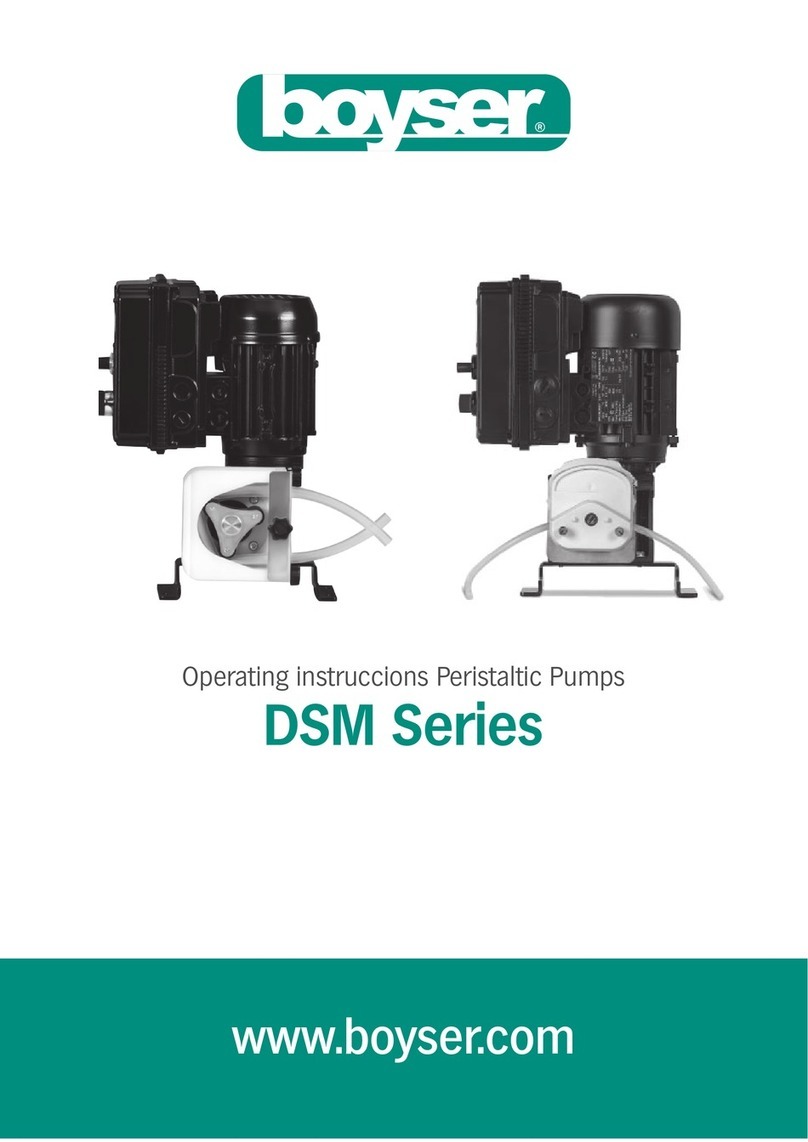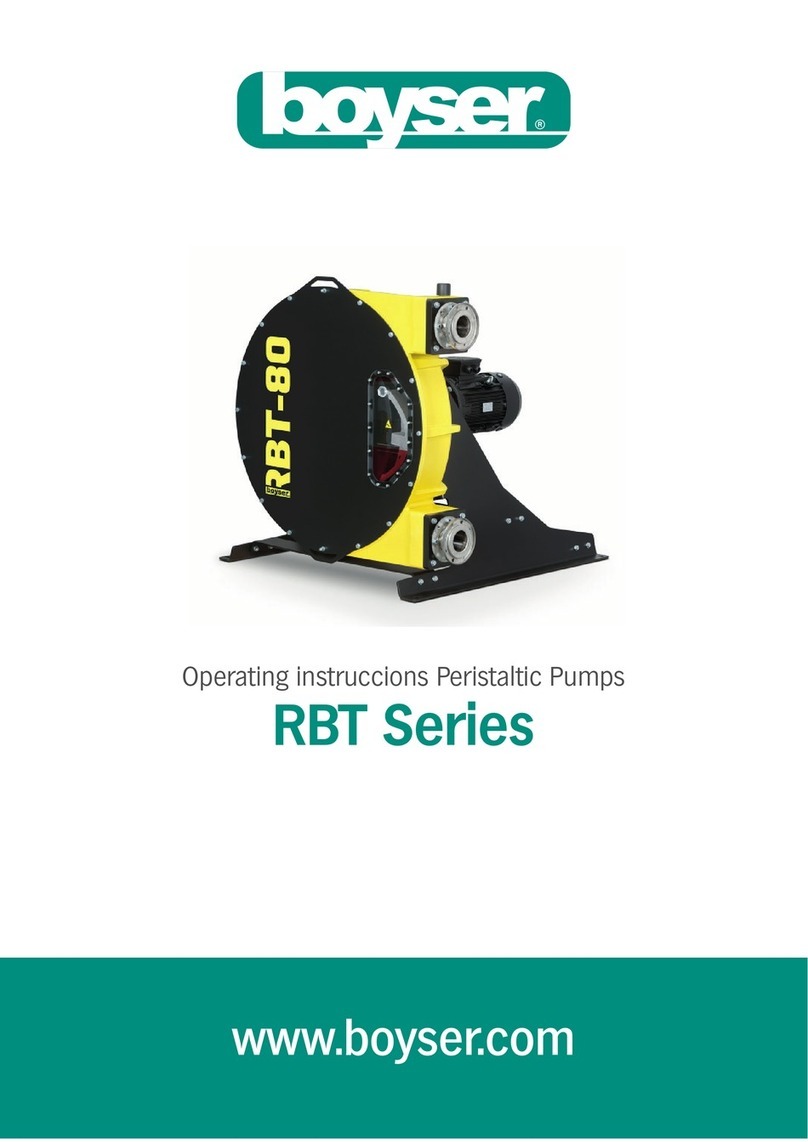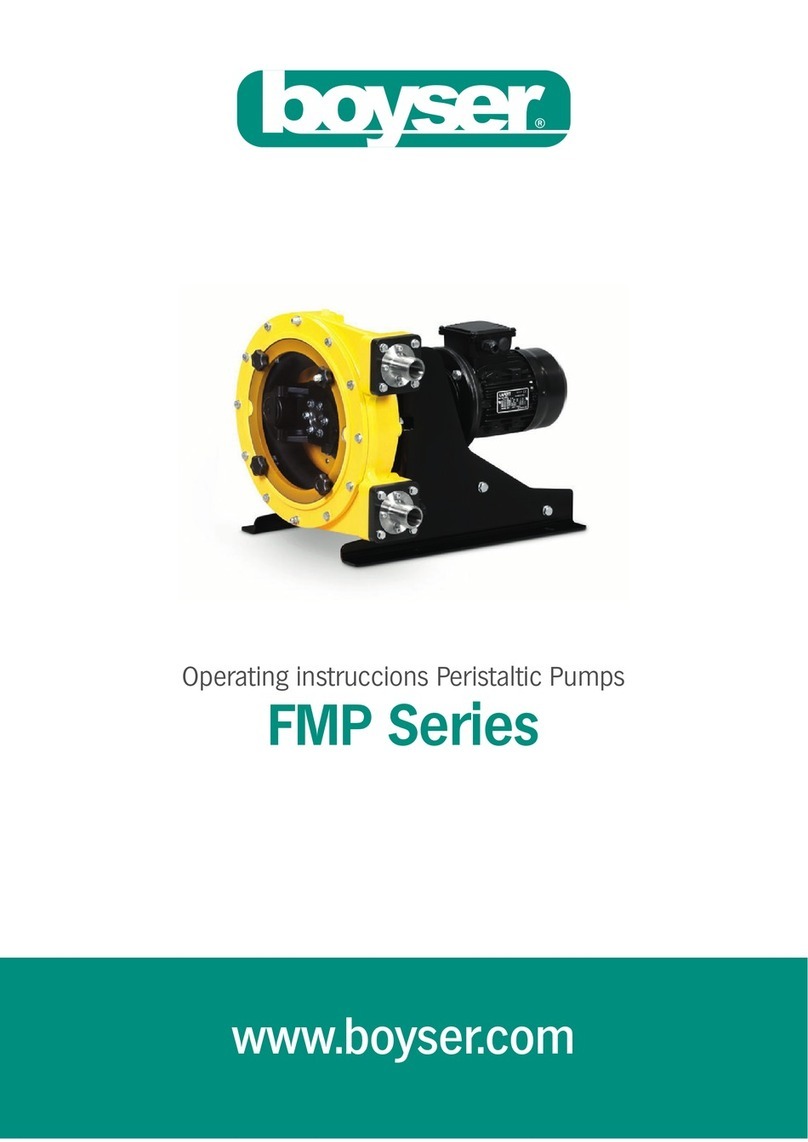Boyser DS-M Series User manual




















Other manuals for DS-M Series
1
Table of contents
Other Boyser Water Pump manuals
Popular Water Pump manuals by other brands
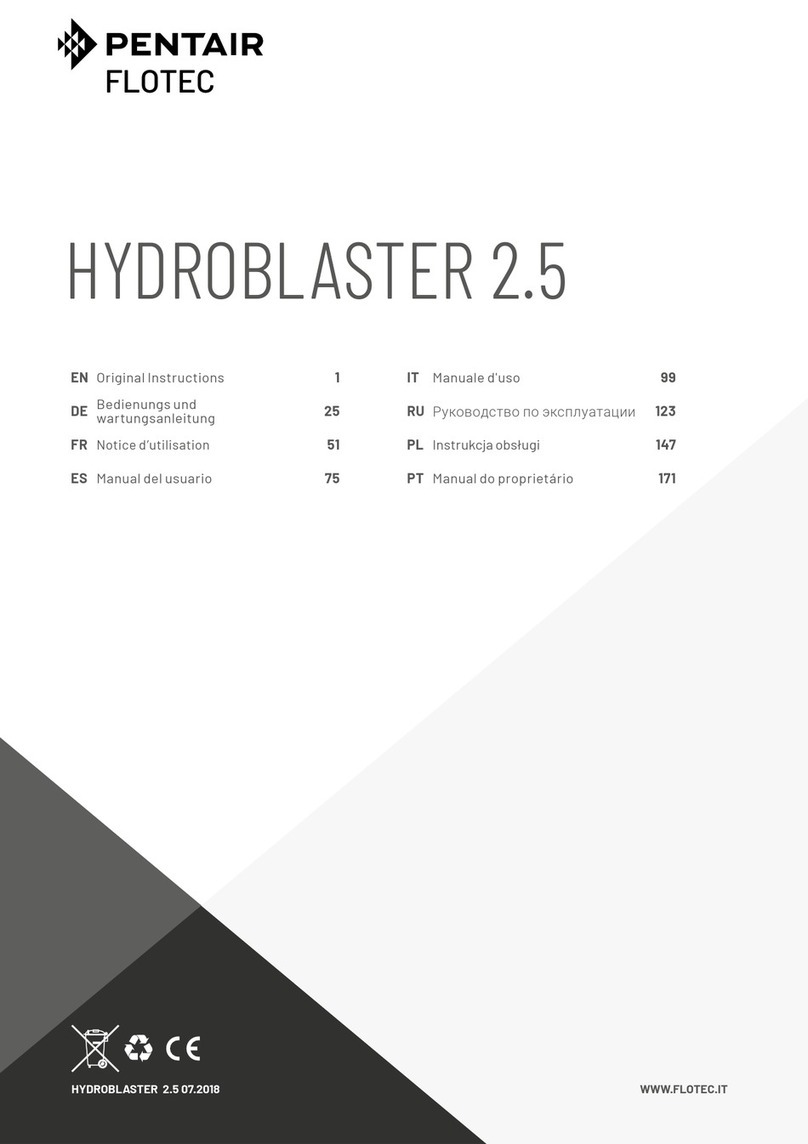
Pentair Flotec
Pentair Flotec HYDROBLASTER 2.5 Original instructions

GR
GR PA Series Installation, operation and maintenance manual
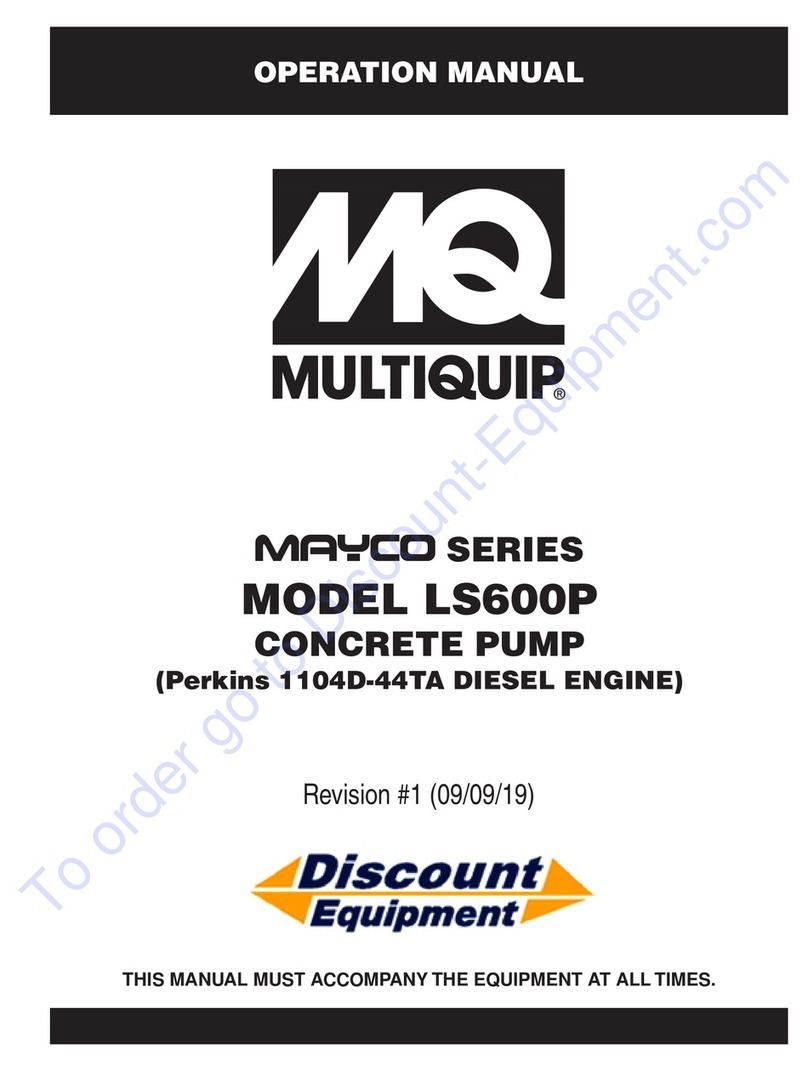
MULTIQUIP
MULTIQUIP MAYCO LS600PWR Operation manual
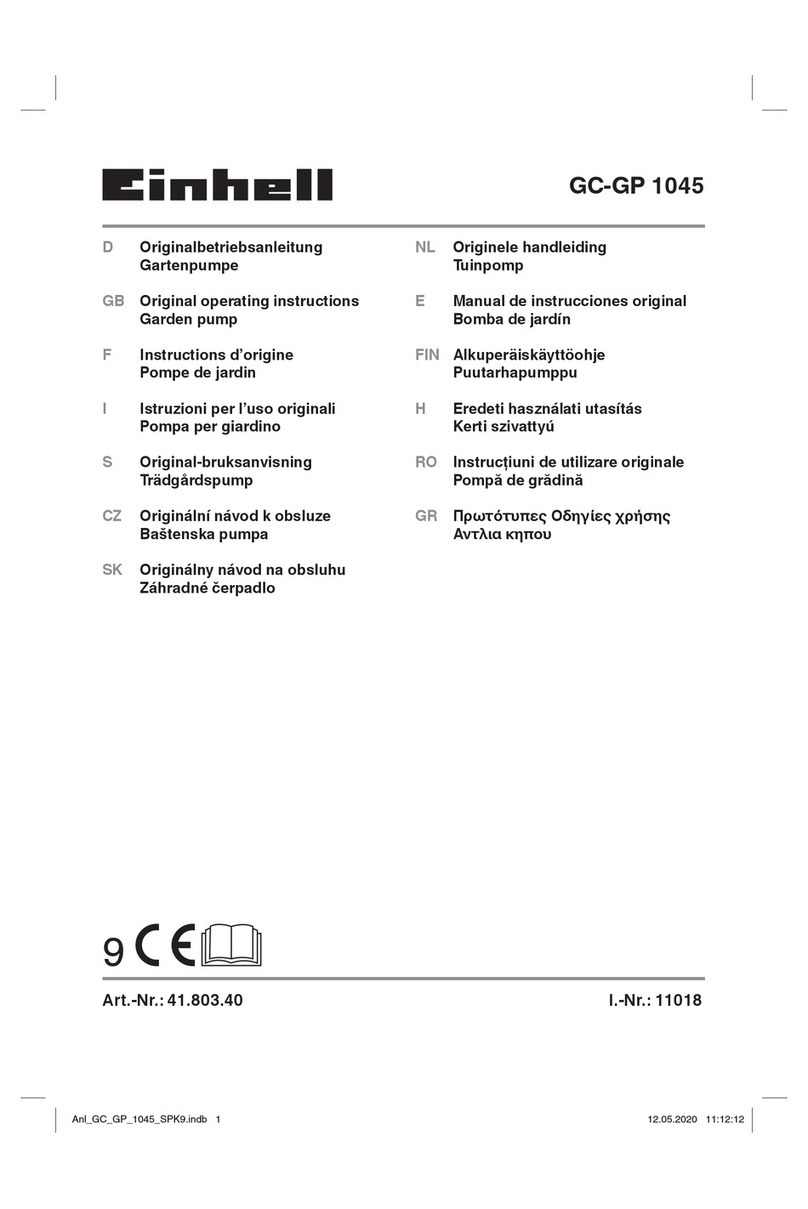
EINHELL
EINHELL GC-GP 1045 Original operating instructions
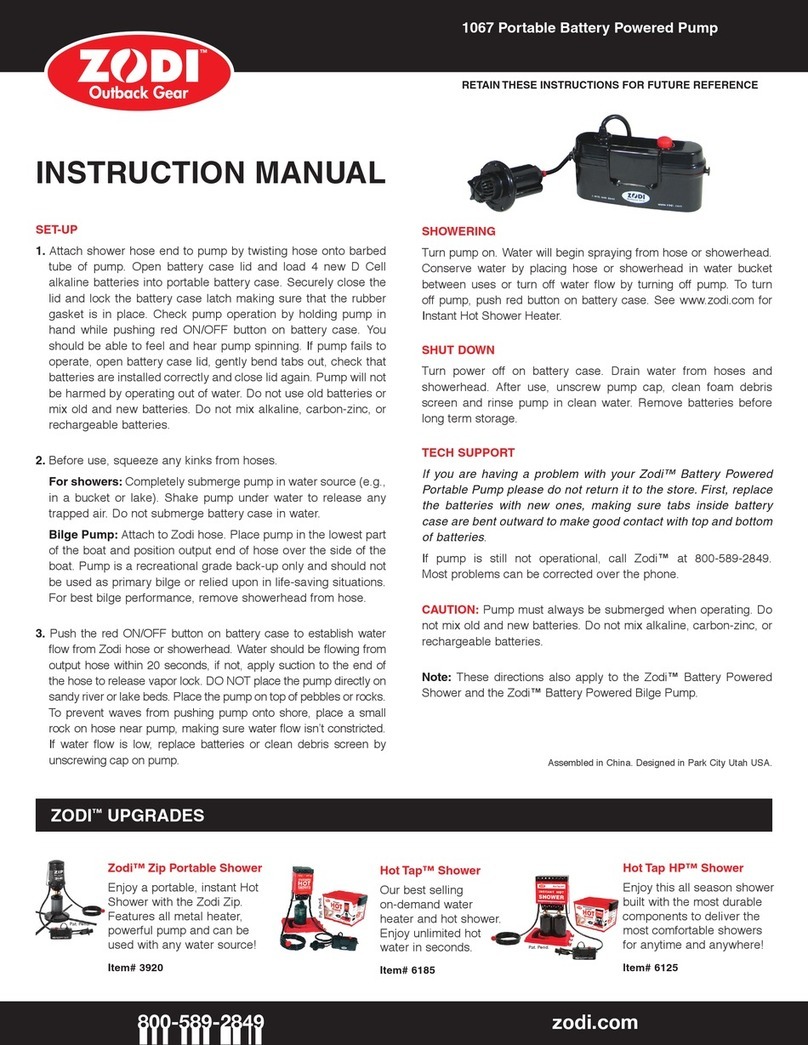
Zodi
Zodi 1067 instruction manual

dosatron
dosatron Dilution MDE0110MF1.5KIT manual

Outdoor Revolution
Outdoor Revolution Jet Stream Electric Pump Instructions & care manual
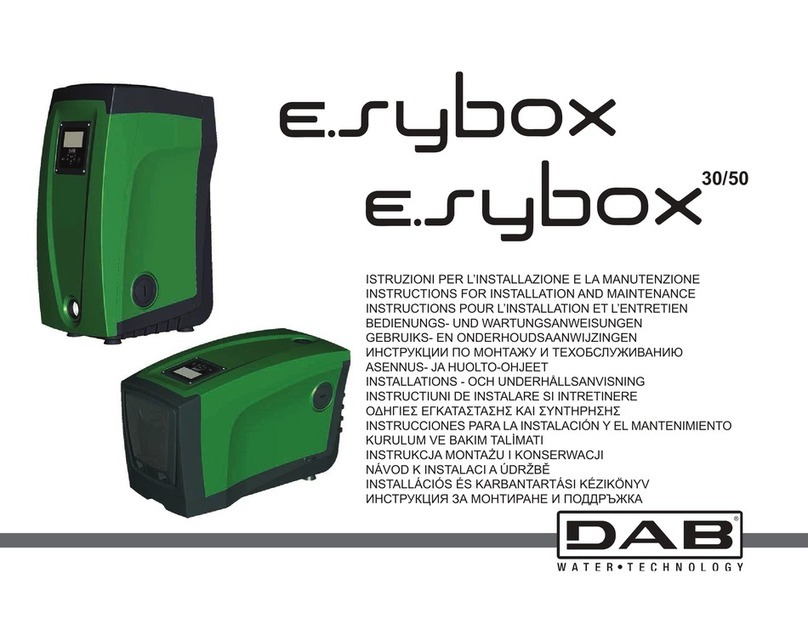
DAB
DAB E.sybox 30 Instruction for installation and maintenance
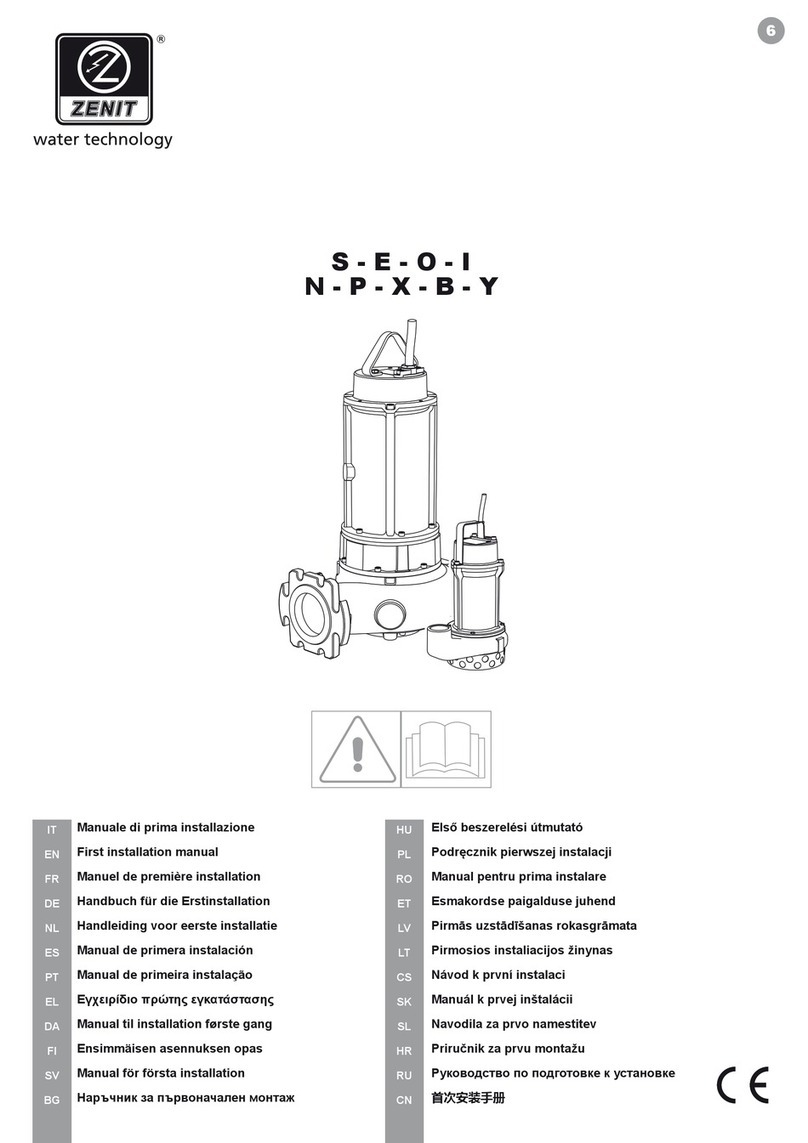
Zenit
Zenit S-E-O-I-N-P-X-B-Y First installation manual
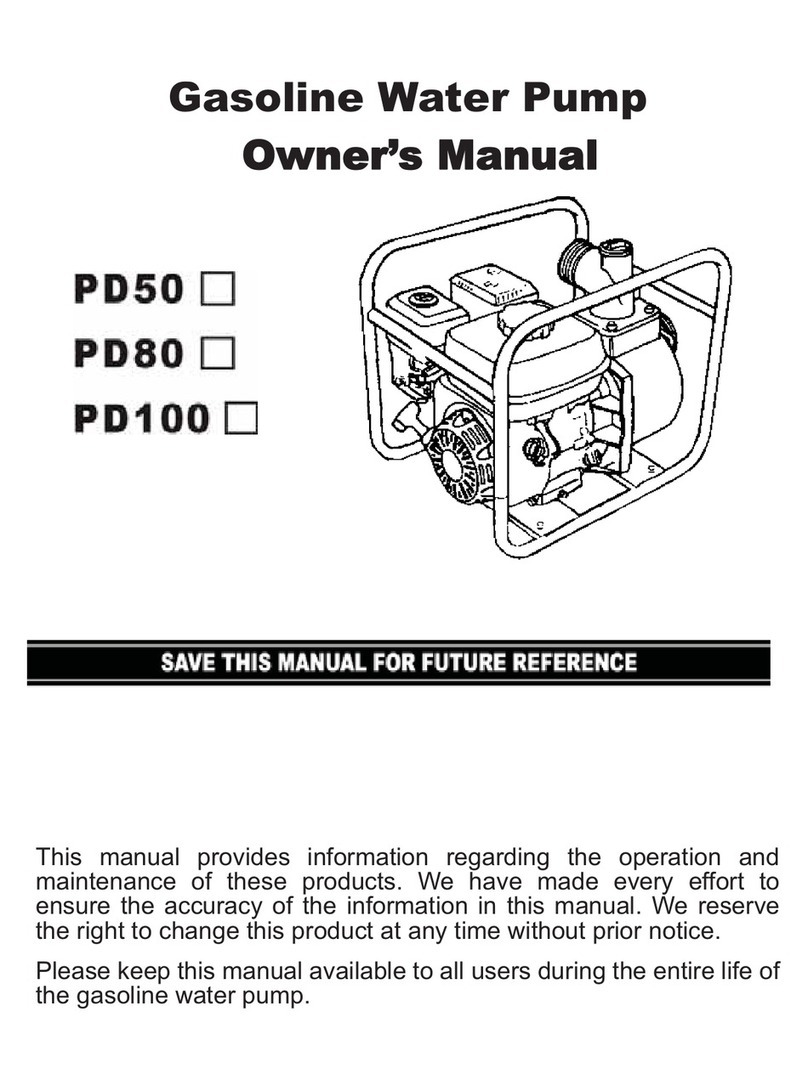
PowerLand
PowerLand PD50 owner's manual

HALE
HALE Godiva KP1 Installation and operation manual
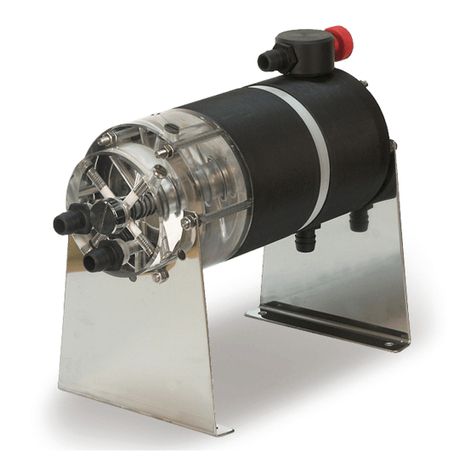
ITE
ITE FERTIC manual
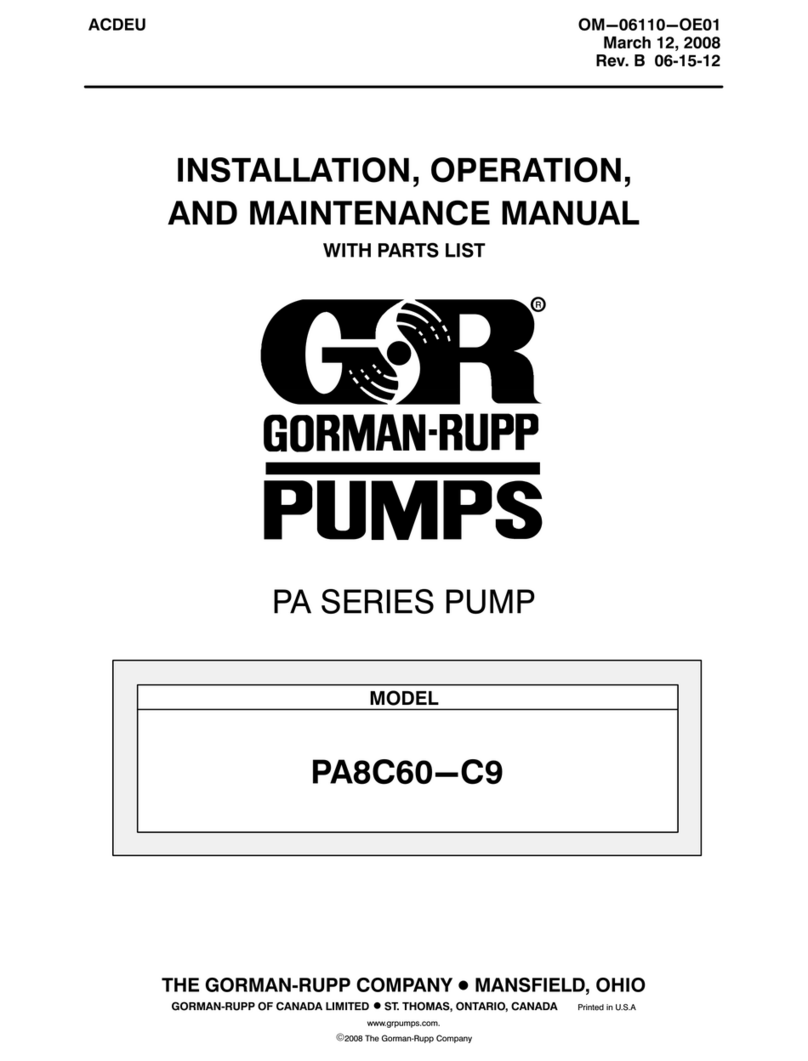
GORMAN-RUPP PUMPS
GORMAN-RUPP PUMPS PA8C60-C9 Installation, operation, and maintenance manual with parts list
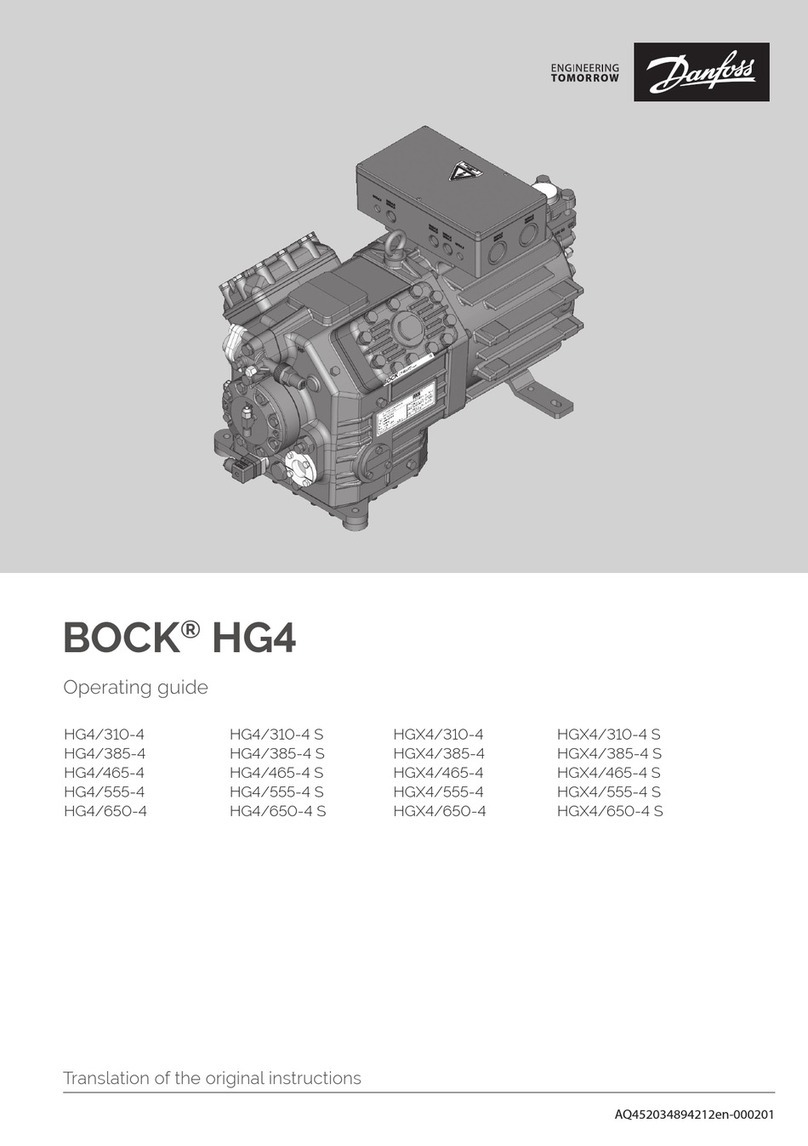
Danfoss
Danfoss BOCK HG4 operating guide
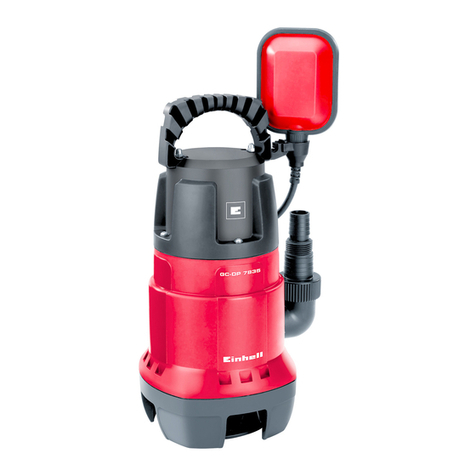
EINHELL
EINHELL GC-DP 7835 Original operating instructions

Lincoln industrial
Lincoln industrial 84960 owner's manual
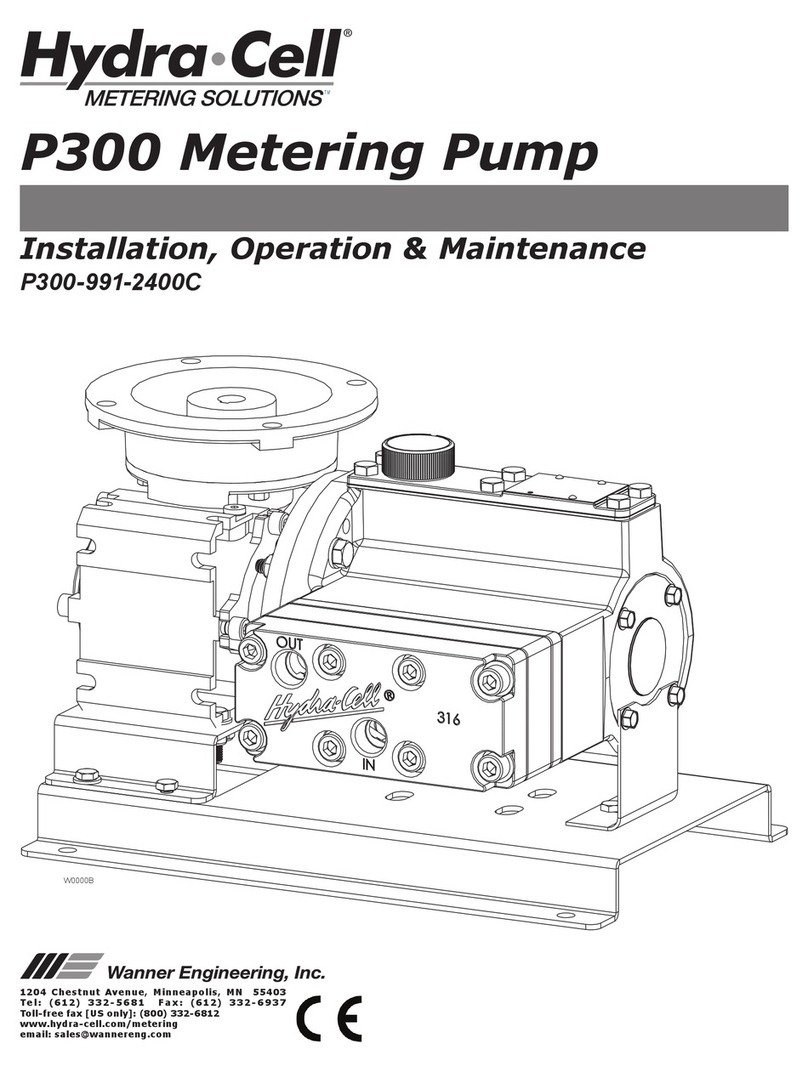
Hydra-Cell
Hydra-Cell P300 Installation operation & maintenance

Ugin
Ugin 201221 manual
